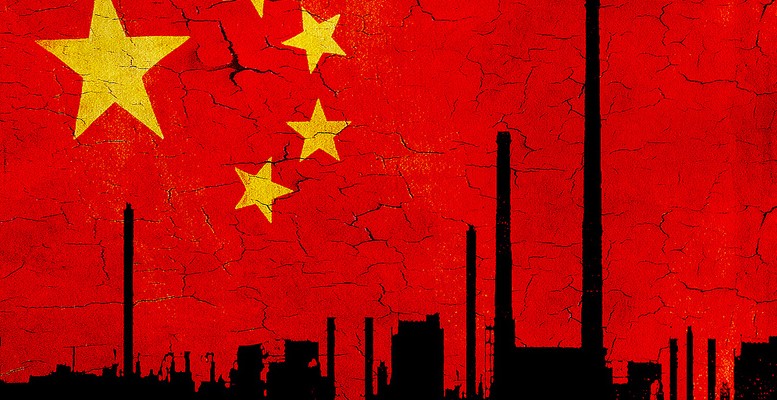UBS | We have been saying that rising downward pressure in the economy and pain in the corporate sector will drive faster SOE restructuring and closing of excess capacities. Today’s State Council meeting confirms our prediction. For the first time, the government has publically given a timetable and specific guidelines on cleaning up “zombie companies” and reducing losses at the SOE sector.
As written in our 2016 outlook, we think increasing downward pressure on the economy, and the rising pain felt by the industrial and mining sectors will lead to faster SOE restructuring, including closing of excess capacities starting in 2016.
The statement from the State Council meeting said that for centrally owned SOE companies who are long – term loss makers in industries with overcapacity and who have failed to meet the standards on energy efficiency, environmental protectio n, quality and safety, the government will close, transfer, restructure them. The government will use restructuring, equity transfer, closure and bankruptcies to dispose of “zombie companies” that have been loss making for more than 3 years consecutively and are in sectors that do not fit the direction of the government’s industrial restructuring. The goal is to significantly reduce operation losses by end 2017. Accompanying the closing of excess capacities, the government also said it will push commercial banks to redouble effort in NPL disposals, including increased write – off of bad debt in the overcapacity sectors.
We estimate that the impact of closing “zombie” companies on the labour market will be limited in overall scale, as total employment in the overcapacity sectors accounts for a small share of overall employment. For example, the 6 sectors that are considered to have serious over capacity (steel & iron, coal, cement, aluminium, ship building and flat glasses) account for about only 4% of total non – farming employment. However, these companies tend to be concentrated in certain regions and cities, which means closing of excess capacities could lead to serious issues in some localities. As such, although we expect speedier SOE restructuring next year than in the past, we do not expect a “big bang” approach in capacity closures and expect the central government to help providing funding to help settle laid – off workers.
The State Council said the government also plans to rein in costs, intensify effort s to clear inventory and accounts receivables, and significantly reduce non – production – related spending in centrally owned SOEs. In addition, the government plans to separate corporate supporting functions such as water and electricity supply and property management from SOEs nationwide in 2016.





